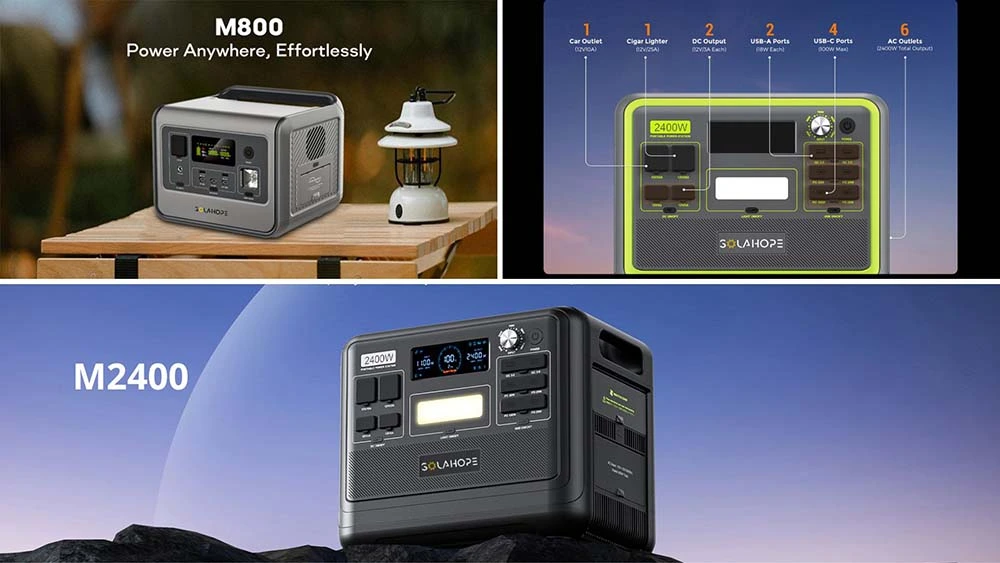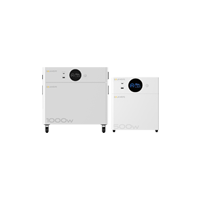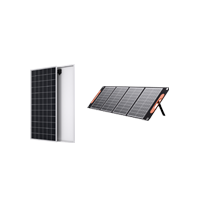Camping
The Ultimate Guide to Choosing the Right Portable Power Station
Table of Contents
- Introduction
- Power Consumption Calculation: Case Study
- Decoding Battery Capacity and Inverter Power
- Inside the Battery: Lithium NMC vs Lithium Iron Phosphate
- Harnessing the Sun: Solar Charging Explained
- Additional Considerations: The Extras That Count
- Conclusion: Your Perfect Power Partner
Introduction
Whether you’re an adventurous camper, a dedicated RV traveler, or someone who values emergency preparedness, a portable power station is your ticket to reliable electricity on the go. But with a multitude of options available, how do you know which one is right for you? This comprehensive guide will equip you with the knowledge you need to make the best choice for your individual needs.
Power Consumption Calculation: Case Study
Let’s take a common scenario: a family camping trip where you plan to use a 50-watt laptop for 8 hours, a 60-watt mini-fridge continuously, and charge two smartphones using approximately 5 watts each for 3 hours daily. To calculate the total daily watt-hours, you’d calculate as follows:
- Laptop: 50 watts * 8 hours = 400 watt-hours
- Mini-fridge: 60 watts * 24 hours = 1440 watt-hours
- Smartphones: 2 * (5 watts * 3 hours) = 30 watt-hours
The total daily watt-hours comes to 1870 watt-hours. For a two-day camping trip, you’d need a power station with a minimum capacity of 3740 watt-hours (1870 watt-hours * 2 days, efficiency rate were not considered here).
Decoding Battery Capacity and Inverter Power
It’s important to remember that your power station’s battery should not only handle your estimated watt-hours but also peak power surges that occur when certain appliances start. For instance, a mini-fridge, despite its continuous power draw of 60 watts, might require a 120-watt to 200-watt surge when the compressor kicks in.
Inside the Battery: Lithium NMC vs Lithium Iron Phosphate
When it comes to battery chemistry, most portable power stations use either Lithium Nickel Manganese Cobalt Oxide (NMC) or Lithium Iron Phosphate (LiFePO4). While NMC batteries are typically lighter, LiFePO4 batteries are safer, have a longer lifespan, and provide a consistent discharge rate, making them an ideal choice for heavy-duty applications.
Harnessing the Sun: Solar Charging Explained
If you’re an eco-conscious consumer considering solar recharging, you must look at the maximum solar input of the power station. To approximate the solar charging time, you can use a simple rule: divide the power station’s battery capacity by the solar panel’s wattage and multiply by 5 (to account for less than optimal conditions). So, for a 1000 watt-hour power station with a 200W solar panel, it’ll take approximately 5 hours (1000Wh / 200W * 5) to recharge in full sunlight.
Additional Considerations: The Extras That Count
Extras can make a difference! Look for features like mobile app control for remote power management, UPS mode for uninterrupted power during blackouts, and wireless phone charging for convenience. Also, consider if the power station offers battery capacity expansion options for future scalability. Lastly, evaluate the manufacturer’s reputation, customer service, and warranty coverage.
Conclusion: Your Perfect Power Partner
Selecting the right portable power station is about understanding your power needs, the nuances of battery capacity, the inside world of battery chemistry, the potential of solar input, and the valuable additional features. But remember, it’s not just about what you need today but anticipating your power needs for tomorrow.

Call-to-Action: Ready to find your perfect power partner? Explore our wide range of portable power stations now!
- M800 Portable Power Station: 800W output power, 512Wh Capacity, LiFePO4 Battery, 1600W Surge Power, 5 years waranty time.
- M2400 Portable Power Station: 2400W output power, 2048Wh Capacity, LiFePO4 Battery, 4800W Surge Power, 5 years waranty time.
- Portable Solar Panels: 100w-200w rated power, foldable, light weighted.




